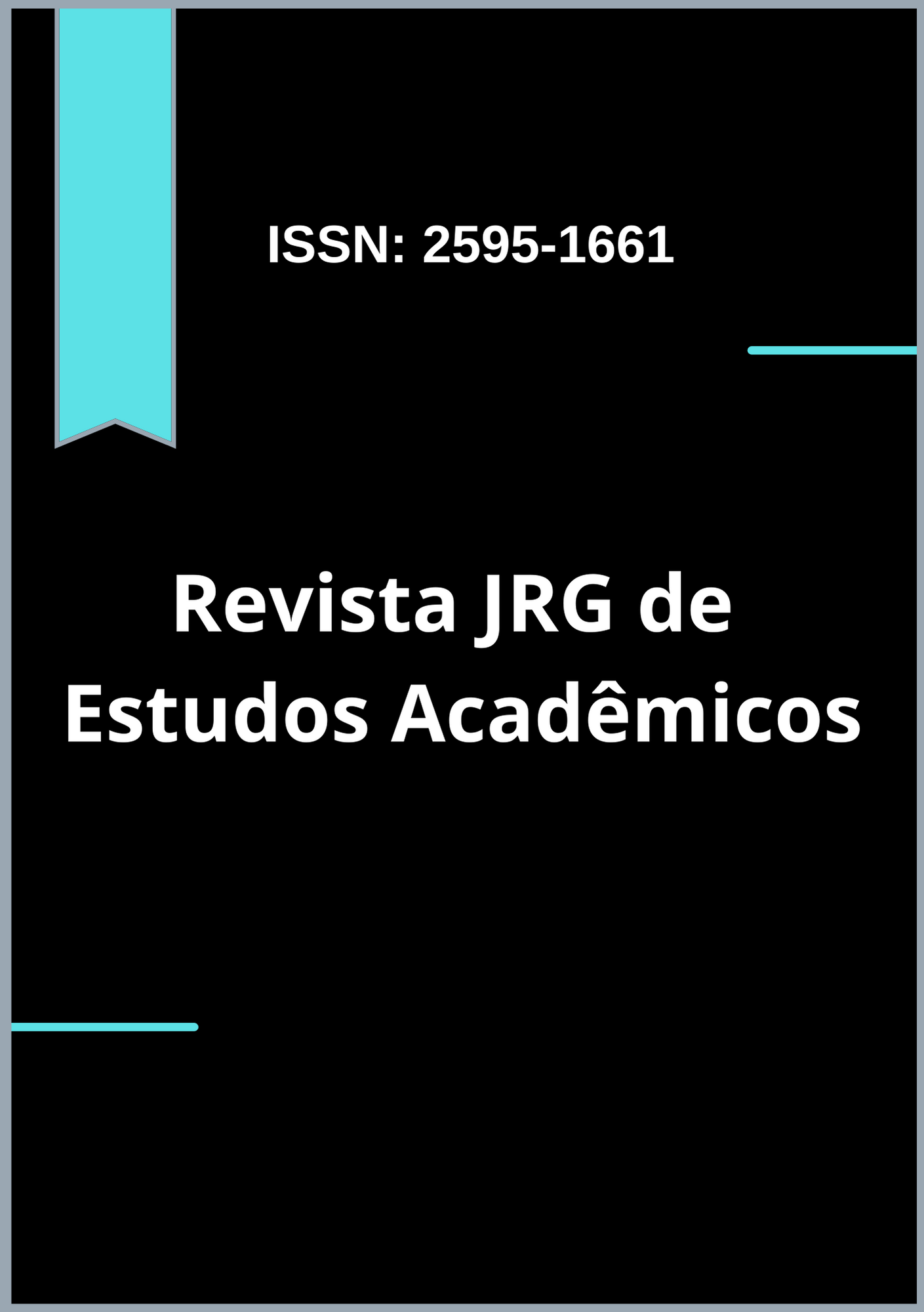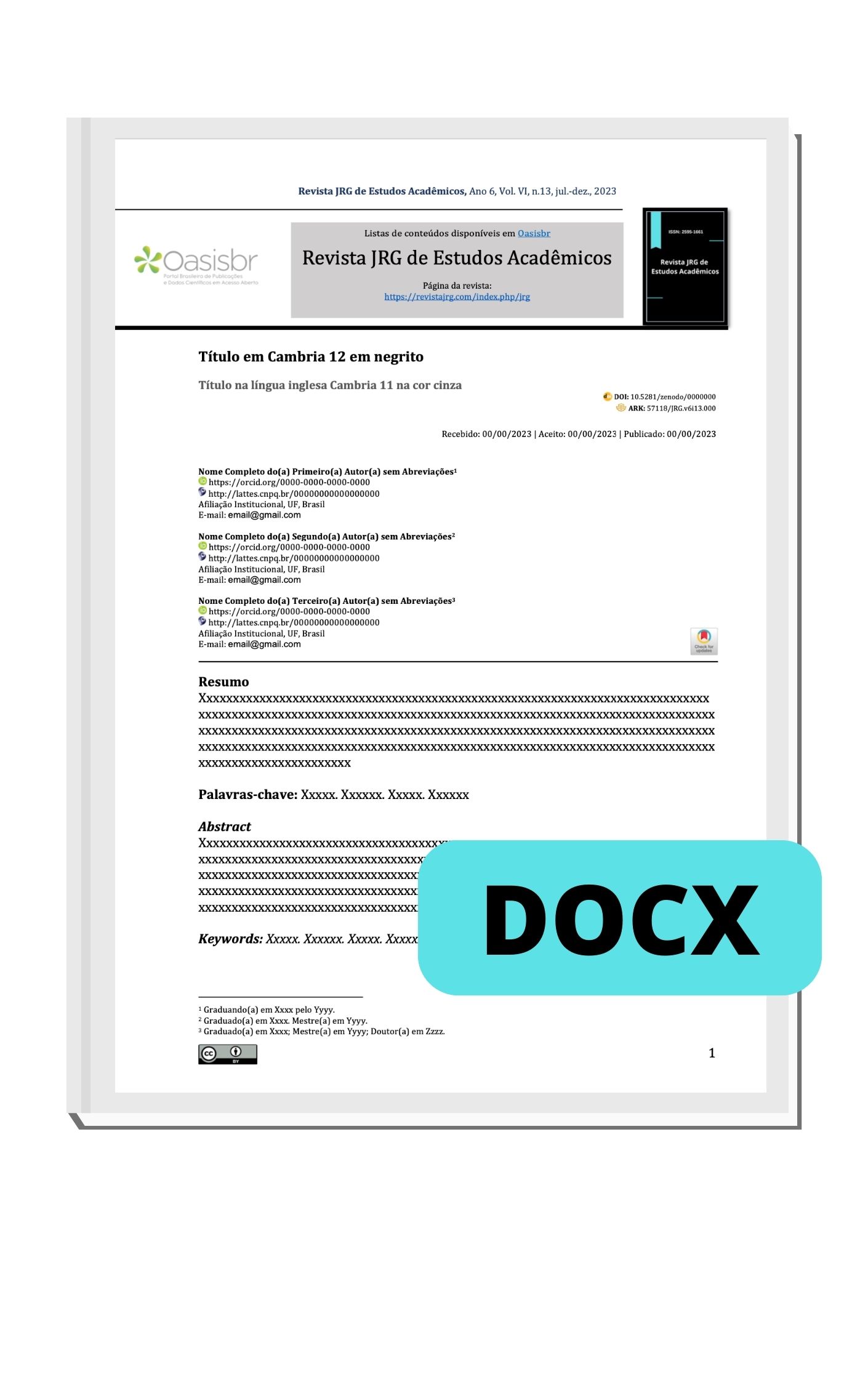Peace and Prosperity: An Empirical Analysis Using GPI and GDP per Capita
DOI:
https://doi.org/10.55892/jrg.v8i19.2372Palavras-chave:
Global Peace Index, GDP per capita, peace economics, economic development, conflict and prosperityResumo
This paper investigates the empirical relationship between national peacefulness and economic wealth using recent cross-sectional data. By combining Global Peace Index (GPI) scores for 2023 with GDP per capita figures from the World Bank for the same year, the study analyzes a stratified sample of thirty countries divided into three groups: the ten most peaceful, ten mid-ranked, and the ten least peaceful countries. Descriptive statistics, summary measures, and a scatter plot reveal a clear pattern indicating that higher levels of peacefulness are generally associated with higher national income. The Pearson correlation coefficient for the full sample is –0.7544, confirming a strong negative linear relationship between GPI scores and GDP per capita. Although outliers such as Portugal, Slovenia, the United Arab Emirates, and the United States illustrate that peace and prosperity do not always align perfectly, the overall trend remains robust. These findings reinforce the theoretical claim that peaceful environments promote economic development by reducing the costs associated with conflict and insecurity, enhancing governance, and attracting investment. The paper also highlights that peace alone is not sufficient: factors such as governance quality, resource endowments, and technological capacity shape how peace translates into wealth. The results offer valuable insights for policymakers, suggesting that promoting peacefulness should be integral to development strategies aimed at sustainable growth. Future research could build on this evidence by employing panel data to track peace–prosperity dynamics over time and by incorporating broader development metrics beyond GDP per capita.
Downloads
Referências
Abadie, A., & Gardeazabal, J. (2003). The economic costs of conflict: A case study of the Basque Country. American Economic Review, 93(1), 113–132. https://doi.org/10.1257/000282803321455188
Acemoglu, D., & Robinson, J. A. (2012). Why nations fail: The origins of power, prosperity, and poverty. Crown Business.
Alesina, A., Özler, S., Roubini, N., & Swagel, P. (1996). Political instability and economic growth. Journal of Economic Growth, 1(2), 189–211. https://doi.org/10.1007/BF00138862
Asere, G. F., James, S. W., Joseph, W. E., & Olatayo, J. (2024). Economic conflicts: Understanding dynamics, impacts, and resolution strategies. Journal of Exceptional Multidisciplinary Research, 1(1), 8-14. https://journals.stecab.com/index.php/jemr/article/download/14/28
Baltagi, B. H. (2005). Econometric analysis of panel data (3rd ed.). John Wiley & Sons. Retrieved from https://library.wbi.ac.id/repository/27.pdf
Blomberg, S. B., Hess, G. D., & Orphanides, A. (2004). The macroeconomic consequences of terrorism. Journal of Monetary Economics, 51(5), 1007–1032. https://doi.org/10.1016/j.jmoneco.2004.04.001
Collier, P. (1999). On the economic consequences of civil war. Oxford Economic Papers, 51(1), 168–183. https://doi.org/10.1093/oep/51.1.168
Collier, P., & Hoeffler, A. (2004). Greed and grievance in civil war. Oxford Economic Papers, 56(4), 563–595. https://doi.org/10.1093/oep/gph041
Dollar, D., & Kraay, A. (2003). Institutions, trade, and growth. Journal of Monetary Economics, 50(1), 133–162. https://doi.org/10.1016/S0304-3932(02)00206-4
Easterly, W., & Levine, R. (2003). Tropics, germs, and crops: How endowments influence economic development. Journal of Monetary Economics, 50(1), 3–39. https://doi.org/10.1016/S0304-3932(02)00200-3
Fearon, J. D., & Laitin, D. D. (2003). Ethnicity, insurgency, and civil war. American Political Science Review, 97(1), 75–90. https://doi.org/10.1017/S0003055403000534
Galtung, J. (1969). Violence, peace, and peace research. Journal of Peace Research, 6(3), 167–191. https://doi.org/10.1177/002234336900600301
Hertog, S. (2010). Defying the resource curse: Explaining successful state-owned enterprises in rentier states. World Politics, 62(2), 261–301. https://doi.org/10.1017/s0043887110000049
Humphreys, M. (2005). Natural resources, conflict, and conflict resolution: Uncovering the mechanisms. Journal of Conflict Resolution, 49(4), 508–537. https://doi.org/10.1177/0022002705277545
Institute for Economics and Peace. (2023). Global Peace Index 2023: Measuring peace in a complex world. https://www.visionofhumanity.org/wp-content/uploads/2023/06/GPI-2023-Web.pdf
Karl, T. L. (1997). The paradox of plenty: Oil booms and petro-states. University of California Press.
Kaufmann, D., Kraay, A., & Mastruzzi, M. (2009). Governance matters VIII: Aggregate and individual governance indicators 1996–2008 (Policy Research Working Paper No. 4978). World Bank. https://doi.org/10.1596/1813-9450-4978
Kuznets, S. (1955). Economic growth and income inequality. American Economic Review, 45(1), 1–28. https://assets.aeaweb.org/asset-server/files/9438.pdf
Makdisi, S., & Soto, R. (2020). Economic agenda for post-conflict reconstruction: The aftermath of the arab uprisings (ERF Working Paper No. 1395). Economic Research Forum. https://erf.org.eg/app/uploads/2020/08/1598531136_133_452682_1395.pdf
Mauro, P. (1995). Corruption and growth. The Quarterly Journal of Economics, 110(3), 681–712. https://doi.org/10.2307/2946696
Miguel, E., Satyanath, S., & Sergenti, E. (2004). Economic shocks and civil conflict: An instrumental variables approach. Journal of Political Economy, 112(4), 725–753. https://doi.org/10.1086/421174
Murdoch, J. C., & Sandler, T. (2002). Economic growth, civil wars, and spatial spillovers. Journal of Conflict Resolution, 46(1), 91–110. https://doi.org/10.1177/0022002702046001006
North, D. C. (1990). Institutions, institutional change and economic performance. Cambridge University Press. https://doi.org/10.1017/CBO9780511808678
Pinker, S. (2011). The better angels of our nature: Why violence has declined. Viking.
Rodrik, D. (2008). Second-best institutions. American Economic Review, 98(2), 100–104. https://doi.org/10.1257/aer.98.2.100
Rohner, D., & Thoenig, M. (2020). The elusive peace dividend of development policy: From war traps to macro-complementarities (CEPR Discussion Paper No. DP15574). Centre for Economic Policy Research. https://ssrn.com/abstract=3753979
Sachs, J. D., & Warner, A. M. (1995). Natural resource abundance and economic growth (NBER Working Paper No. 5398). National Bureau of Economic Research. https://doi.org/10.3386/w5398
Schneider, G., & Gleditsch, N. P. (2010). The capitalist peace: The origins and prospects of a liberal idea. World Politics, 62(1), 107–137. https://doi.org/10.1017/S004388710999026X
Sen, A. (1999). Development as freedom. Oxford University Press.
Stewart, F. (2002). Root causes of violent conflict in developing countries. BMJ, 324(7333), 342–345. https://doi.org/10.1136/bmj.324.7333.342
Thomas, M. (2021). Peace as a composite indicator: The goals and future of the Global Peace Index. World Economy and International Relations, (2), 61–71. https://cyberleninka.ru/article/n/peace-as-a-composite-indicator-the-goals-and-future-of-the-global-peace-index
World Bank. (n.d.). GDP per capita (current US$). World Bank Open Data. Consultado el 11 de agosto de 2025 en https://data.worldbank.org/indicator/NY.GDP.PCAP.CD
Yacoubian, L. J., & Merdinian, K. (2025). Logistics infrastructure and trade performance: A cross-country analysis using LPI and export data. International Journal of Business and Management, 20(5), 83–92. https://doi.org/10.5539/ijbm.v20n5p83
Yacoubian, L. J., Ketenchian, G. S., & Ferreira de Carvalho, G. H. (2024). When oil meets sovereign risk: YPF on the NYSE during Argentina's turbulent years. Revista JRG de Estudos Acadêmicos, 7(14), Article 2352. https://doi.org/10.55892/jrg.v7i14.2352
Downloads
Publicado
Como Citar
Edição
Seção
ARK
Licença

Este trabalho está licenciado sob uma licença Creative Commons Attribution 4.0 International License.










































